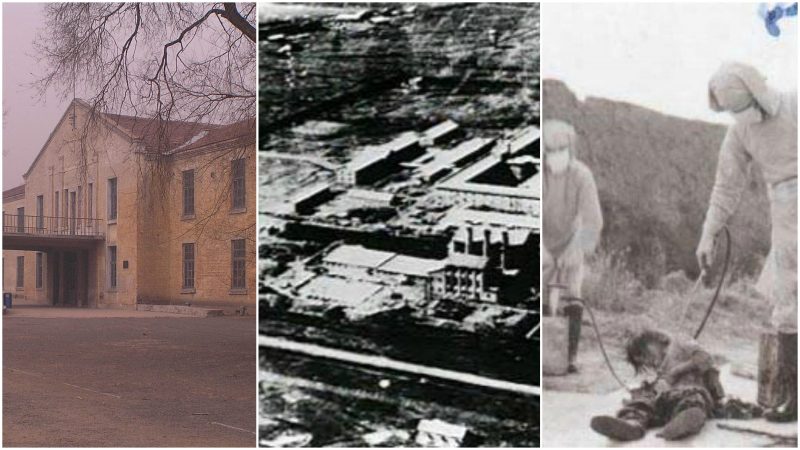Everyone has heard about the atrocities committed by Josef Mengele, the Nazi doctor who conducted grotesque and inhumane medical experiments on humans. The Nazis weren’t alone in this gruesome endeavor.
Unit 731 was a top-secret development and research center that was located in Pingfan, northeastern China. It operated during the second Sino-Japanese war from 1935 until 1945, in disregard of the 1925 Geneva protocol that strictly prohibited biochemical warfare and development.
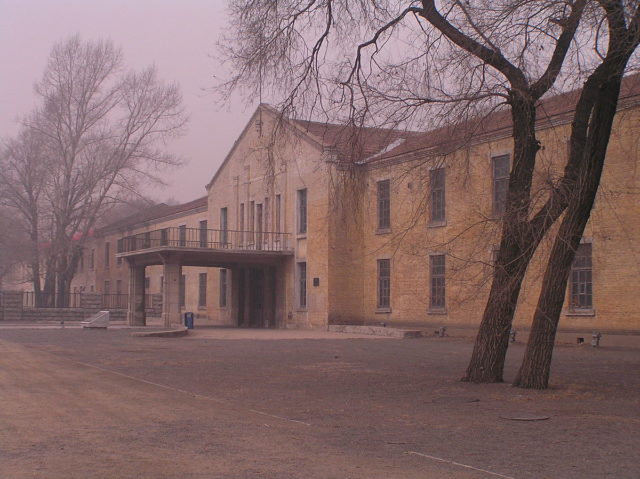
It was conducted by Lieutenant-General Ishii Shiro, a medical officer, and microbiologist, along with three thousand Japanese scientists and researchers of the Imperial Japanese Army, while it was formerly under the command of the Kempeitai secret police. More than 250,000 men, women, and children were subjected to torture and experimentation. Victims were Russian, Chinese, Mongolian, Korean, as well as other nationalities, and local surrounding villages were also targeted during biochemical field testing.
Calling the patients “Marta” or “logs”, the Japanese scientists would not use any anesthesia when carrying out the gruesome surgeries, claiming that it would tamper with the body’s physiology.
Countless experimental of vivisections and organ removals were performed while the patients were still alive, and there was never a shortage of new patients.
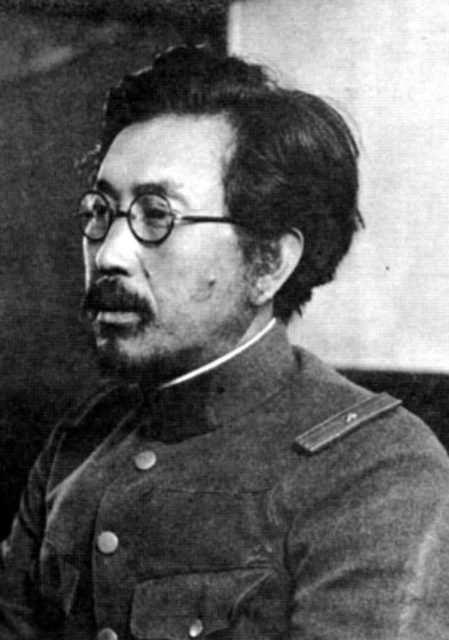
Some were subjected to heavy pressure in pressure chambers until the patient’s eyes popped out. Frostbite was also a favored subject of the scientists, going so far as to keep the prisoners outside in freezing temperatures. Other procedures included deliberately infecting patients with anthrax, plague testing, gangrene rot testing, amputations, poisoning, rape, forced pregnancy, pressure chambers, and centrifuge chambers. The is no exact number and character of all the experiments is not known, as the data was kept highly confidential.
The barbaric experiments were not only conducted for bizarre medical research, but also for the development of weapons of mass destruction. To manufacture and improve the effects lethal gasses, prisoners were tied to a stake and exposed to toxic gasses, while the researchers measured the time of exposure and death.
The Japanese scientists would infect them with plague cultures, cholera, flea-infested bombs, and other pathogens, attempting to breed new diseases. They would lock subjects inside a room with a shrapnel bomb. After detonating the bomb, they tended to the surviving subjects and studied the wounds to find and improve ways to treat shrapnel injuries, while the less fortunate ones were sent to autopsy examination.
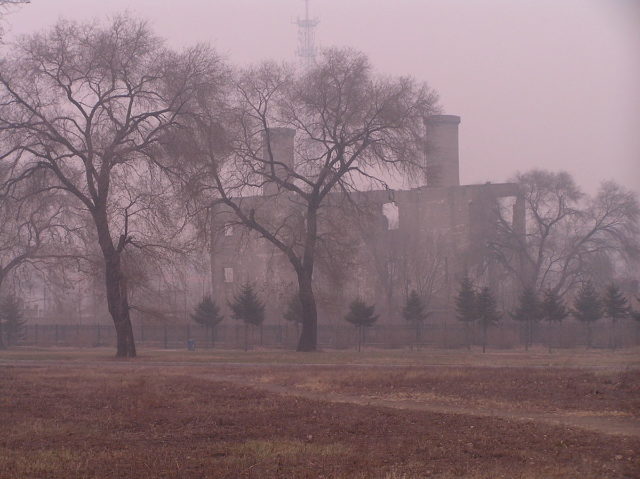
Some experiments were successful, as the development of the bacilli bomb, or the flea bomb – a porcelain container with fleas that spread bubonic plague and dysentery. The complex contained many factories that had more than 4,000 glass containers used to breed fleas and produce various chemicals. In a matter of days, the researchers were able to produce 30 kilos of bubonic plague bacteria.
Regularly scheduled field tests were conducted via airplanes. The Japanese Army would drop bombs with various diseases over areas in eastern China and Changde in the northern regions. Outbreaks of plague and epidemics were constantly being reported.
At the end of the war, a grand plan was created – Codename Cherry Blossoms at Night. The Japanese Army planned to drop disease bombs onto California, but it was dismissed and was never put into action.
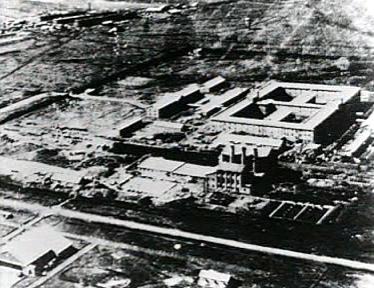
There are claims by scholars and historians that the research was well-planned and intelligently conducted, opposed to the belief that the scientists were only sadistic. Some scientific finds contributed to minor medical breakthroughs.
When the war was coming to an end, it was ordered for the site to be destroyed without leaving any evidence of the atrocities. Remaining patients were killed off, the staff was forced into silence, and the plague-infected mice were released in the open, further questioning how many people in the surrounding areas were infected.
None of the scientists or medical officers of Unit 731 were tried in Japan. Instead, they were given stipends. A deal between the staff at Unit 731 and the American government granted immunity in exchange for experimental records.
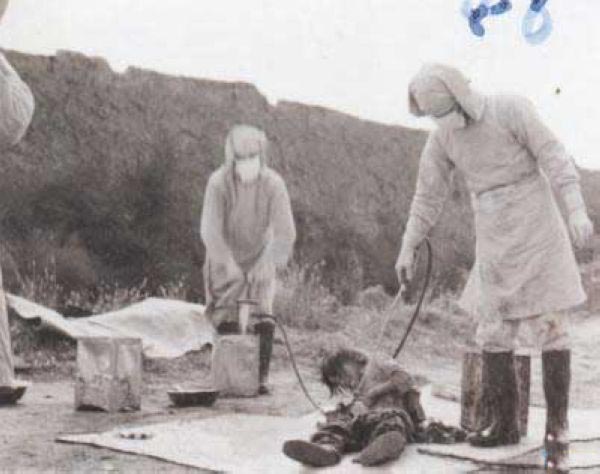
Unit 731 and its war crimes remained a highly confidential program which Japan denied until 1984 when the government admitted the activities of the unit. Japanese medical universities supplied the scientists and researchers in the unit with medical equipment. The secret was well hidden, and no one but those involved knew.
Twelve of the involved leaders were prosecuted by Lev Smirnov in the 1949 Khabarovsk war crime trials, and he was one of the prosecutors involved in the Nuremberg Trials. Some of the scientists and officers were sentenced to 25 years in labor camps, but the U.S. denied the prosecution, dubbing it as communist propaganda.
Because of the cover-up in exchange for war details, General Shiro Ishii was allowed to live his life without being brought to justice. Some of the medical officers were even enjoying high positions and titles, and most of these war criminals have refused to comment.
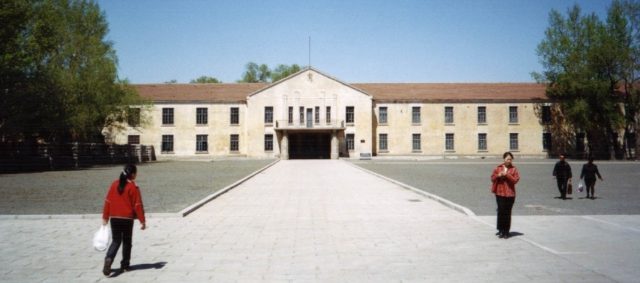
Here is another wacko story from us: The language deprivation experiment on Inchkeith Island
It is shocking how such atrocities were so very scarcely documented even with the unjust secrecy deal. Fifty years after the events, books, documentaries, and exhibitions emerged to shed light on the details of the inhumane experiments and with the hopes that such unimaginable crimes will never occur again.
